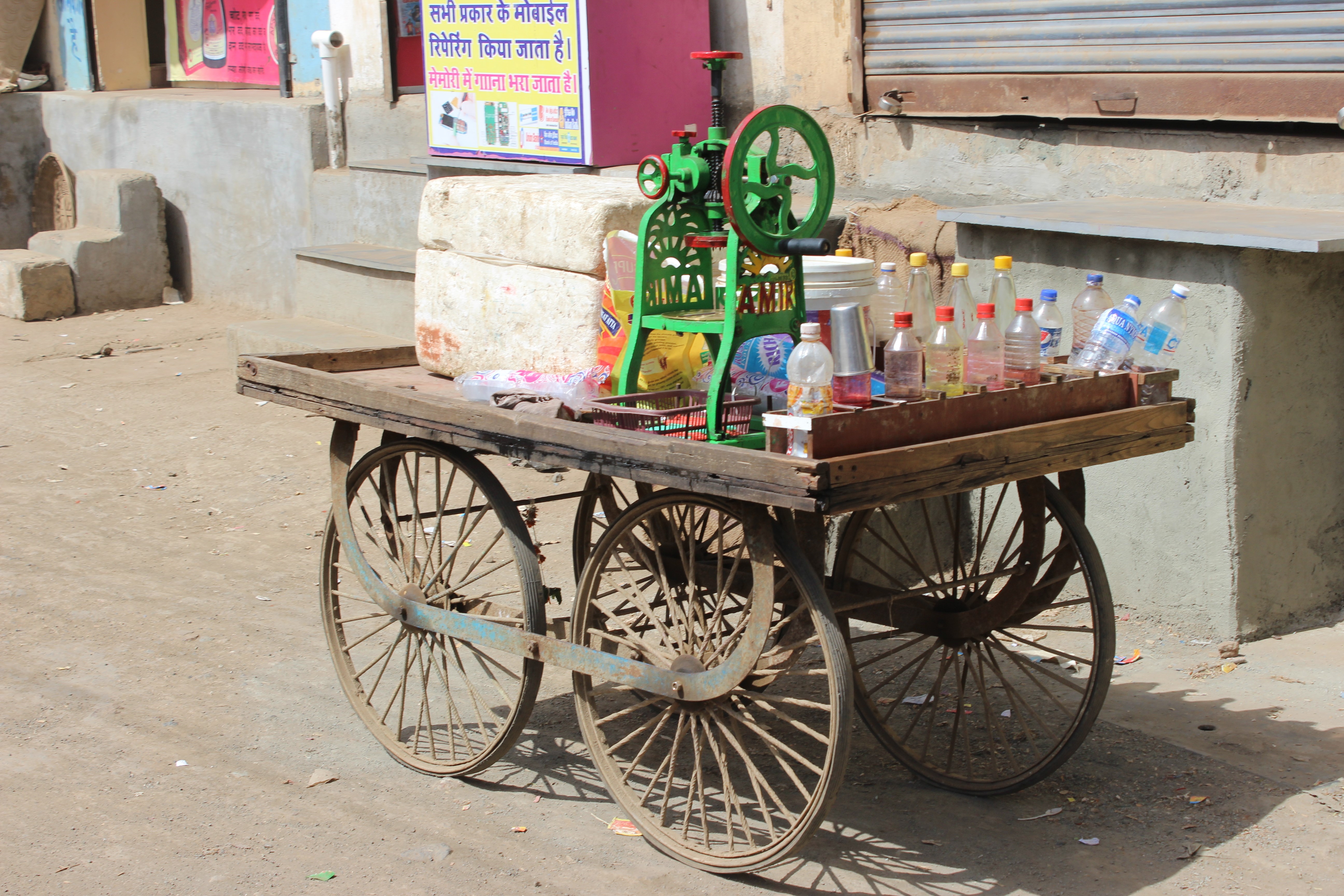ECONOMICS OF INFORMAL SETTLEMENTS

Source: KAHE
Instructor(s) Ramakrishna Moorthy
Instructor(s) Hiranmayi Shankaaram
As Taught in Winter 2018
Level M.Plan.
Type Theory

Instructor(s) Ramakrishna Moorthy
Instructor(s) Hiranmayi Shankaaram
As Taught in Winter 2018
Level M.Plan.
Type Theory
Concepts and processes - Disaster cycle-myths and realities- Disaster-types, causes and consequences - Impacts of disasters on living things, properties, nature and community - Disaster- its importance towards multi-disciplinary perspective.
Disaster and natural environment - Disaster and man-made environment - Industrial pollution and health Hazards - Industrial pollution and natural resource damage - Social vulnerability and damage to people and property - Case studies related to natural disaster and man-made disasters at the national and international levels.
Physical planning imperatives on the development of villages, towns and cities and regions - Urban and regional land use planning and settlement growth - Planning standards, building byelaws, legal, administrative and institutional support systems and disaster management - Disaster prevention and mitigation - Disaster preparedness and rehabilitation - National Disaster Management Act 2005.
Technology-building materials, disaster prone design, planning and management of cities and villages - Communication systems and technological inputs towards disaster management.
Community awareness and action - Participatory management of community and disasters - NGO role and disaster preparedness and management, national and international perspectives – Government-roles and various levels in terms of proactive and reactive measures towards managing disasters - Gender perspectives-women, children, aged, physically disabled and disaster management. Research writing and article writing to be a part of Units I (disaster), II (natural and man-made disasters), III (disaster: physical planning and resource management), IV (disaster and technology) and V (disaster education and community building)
The topics of the subjects attempt to sensitize the students about the ill effect of the disasters as well as the importance of preparedness. It also inculcates the students that technology as well as community effects are important to mitigate disaster.
1. Cutter L. Susan, ‘Environmental Hazards and Risks, Printice Hall of India Pvt. Ltd, New Delhi, 1999.
2. Horst Friedrich, ‘Earthquake Disaster Management’, Peter lang, London, 2005.
3. Journal of Socio Economic Development Record Vol.12 No.1 Jan-Feb. 2005.
4. Ian Davis, ‘Safe Shelter within Unsafe Cities: Disaster Vulnerability and Rapid Urbanization, Open house International, UK, 1987.
5. Mary C. Comerio, ‘Disaster Hits Home, New Policy for Urban Housing Recovery’, Oxford University Press, London, 2001.
6. Naseem Ahmed, ‘Disaster Management’, Kilaso Books, New Delhi. 2003.
7. Parag Diwan, ‘A Manual on Disaster Management’, Pentagon Earth, New Delhi, 2007.
8. Satendra, ‘Sustainable Rural Development for Disaster Mitigation’, Concept Publishing Co. 1 New Delhi, 2004.
9. Shyam Divan and Armin Rosencranz, ‘Environmental Law and Policy in India, Cases, Materials and Statutes, Oxford University Press New Delhi. 2001.
10. World Bank, ‘Building Safer Cities, World Bank, Geneva, 2013.
To generate interest in students to understand the causes and consequences of disasters and its importance in planning and managing cities and towns towards mitigation and rehabilitation.
BInUCom OCW
![]()
This course is part of BInUCom OCW. Except where otherwise noted, content on this site is licensed under a Creative Commons 4.0 license.